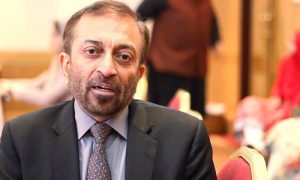Milli Asthan, Mooltan or present day Multan is one the ancient LIVING cities of the world. It is as old as the Bronze age and the days when Alexander of Macedonia captured it in 326 BC or when the Huns ruled it and when the conquering armies of Muhammad 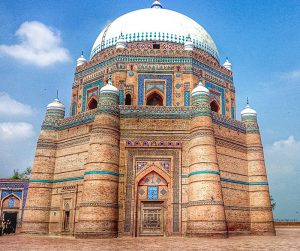 Bin Qasim finally brought Islam to mainly Hindu dominated region. Times when great saints came this way and spread Islam and left behind footprints that countless still follow, or when the Sikhs and the British ravaged it to subdue this ancient but strategically important city. And then, when it became a thriving city of the newly born independent Pakistan in 1947. The journey of these thousands of years cannot be summarized in one page. Therefore, like the ancient city of Lahore, the past and present of Multan has also been divided into two parts; Multan before 1947 and after 1947.
Bin Qasim finally brought Islam to mainly Hindu dominated region. Times when great saints came this way and spread Islam and left behind footprints that countless still follow, or when the Sikhs and the British ravaged it to subdue this ancient but strategically important city. And then, when it became a thriving city of the newly born independent Pakistan in 1947. The journey of these thousands of years cannot be summarized in one page. Therefore, like the ancient city of Lahore, the past and present of Multan has also been divided into two parts; Multan before 1947 and after 1947.
Viewers of this site would find history of Multan both interesting and heartbreaking for what it was, what was done to it and what is it today. So read on and discover the past and present of one of the oldest cities in the world.
After the partition of the British India, Multan became an important city of the southern Punjab and has now developed into a thriving progressive city. 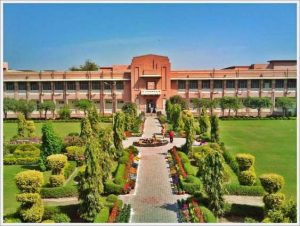 Today, Multan stands as a combination of old and the new Pakistan culture. Over the years, the city has been turned into a prosperous commercial and industrial center. It is an important road and rail junction, an agricultural center, and a market for textiles, leather goods, and other products. The city’s industries include metalworking, flour, sugar, and oil milling, and the manufacture of textiles, fertilizer, soap, and glass. Multan is also known for its handicrafts, especially blue pottery and enamel work.
Today, Multan stands as a combination of old and the new Pakistan culture. Over the years, the city has been turned into a prosperous commercial and industrial center. It is an important road and rail junction, an agricultural center, and a market for textiles, leather goods, and other products. The city’s industries include metalworking, flour, sugar, and oil milling, and the manufacture of textiles, fertilizer, soap, and glass. Multan is also known for its handicrafts, especially blue pottery and enamel work.
The Persian couplet left translates “”With four rare things Multan abounds – Gard (dust), Garma (scorching summers), Gada (beggars) and Gooristan (graves).” One has to visit Multan to find out how true this saying goes about Multan. The very hot weather of Multan makes it ideal for the growth of crops like cotton and the most delicious mangoes in the world. Although, many countries like China and Brazil are entering into mango export, but those with a taste can always make out the difference between the mangoes from Multan-Pakistan and others. The special qualities of “Chaunsa, Anwar Ratol and Langra” are world famous for their tastes, flavour and sweetness. Shujabad tehsil of Multan produces some of the best mangoes in Pakistan.
The Old City: The old city around the fort and within the remaining gates of Multan still has the hustle and bustle of any city of this age. Small alleys, overlooked by wooden galleries still exist and remind the visitors of its past glory.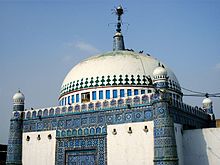 It is here that the real dwellers of Multan still have their ancestral abodes and cling to their traditions.
It is here that the real dwellers of Multan still have their ancestral abodes and cling to their traditions.
The New Multan: The new Multan with wider roads, brightly lit during night marks a sharp contrast to narrow alleys of walled city. Overhead bridges, glass showcased shops of electronics, mobile telephones, furniture and cloth are very frequently visited by all segments of society. In the city centre, near the flyover, stands tall the State Bank of Pakistan building. Other modern buildings include the self-help basis made Nishtar College, Clock Tower building of the Multan Municipal Corporation and the Bahauddin Zakaria University. The cantonment on Multan – Muzaffargarh road is the neatest living and commercial area. The Multan Garrison Mess (below left) is visible from far distance due to its peculiar style and white domes.
As for rest and recreation, the most favourite is the Lake Chaman Aar-e-Askari in the cantonment, besides Company Bagh in the Multan Fort, Lange Khan Garden, Aam-Khas Garden and the parks at Bohar Gate, Chowk Shaheedan, Tabbi Sher Khan and the Nawan (new) Shaher (City).
Multani Craftwork: Multan has so much to it that one can keep listing but the list doesn’t end as far the handicrafts and artwork is concerned. Other than its famous blue pottery, the embroidery of Multan is second to none. Every small street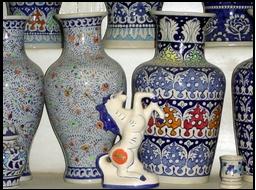 and house has some needlework going on and one is really amazed to see totally illiterate women and men producing masterpiece stitch and needle work with exotic designs. Traders and Boutique owners flock Multan to buy these beautiful embroideries in bulk and and at almost throw away prices and sell the same at very high rates in big cities and even export.
and house has some needlework going on and one is really amazed to see totally illiterate women and men producing masterpiece stitch and needle work with exotic designs. Traders and Boutique owners flock Multan to buy these beautiful embroideries in bulk and and at almost throw away prices and sell the same at very high rates in big cities and even export.
Blue Pottery and cottage industry making raw cloth are other tow specialties of Multan. State owned Blue Pottery factory produces eye catching blue pottery vases, shields, pots, tiles and many more products. Besides, “Multani Khussa” – embroidered footwear both for men and women is also class of its own.
